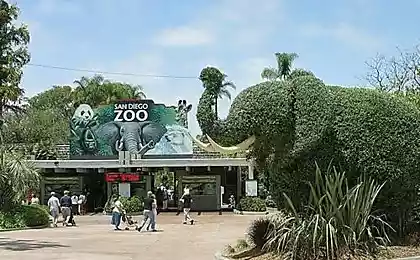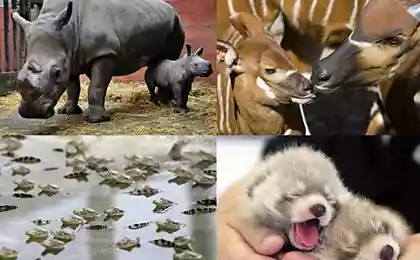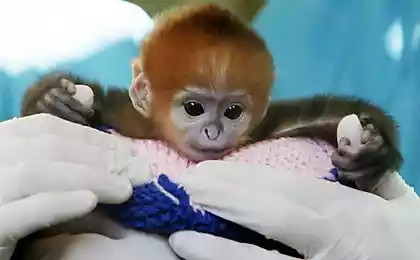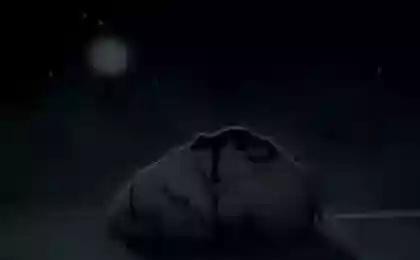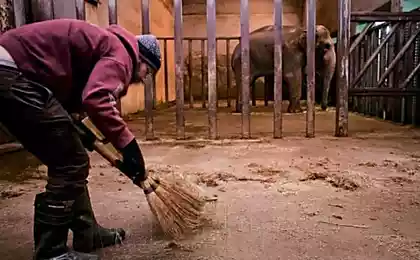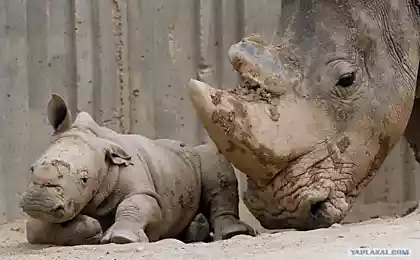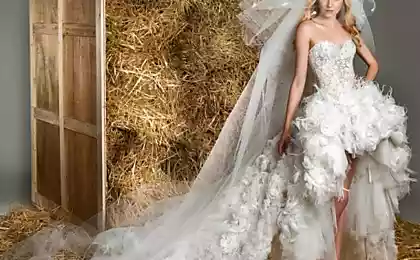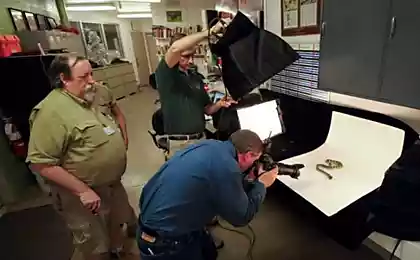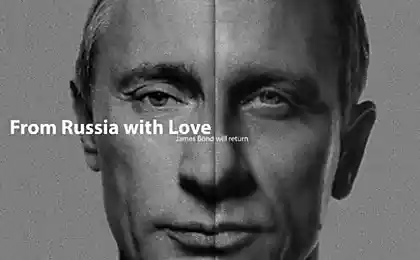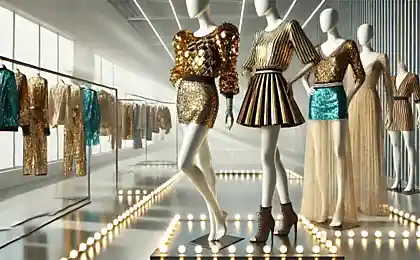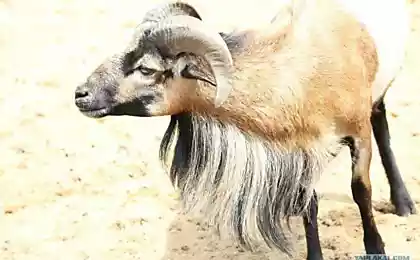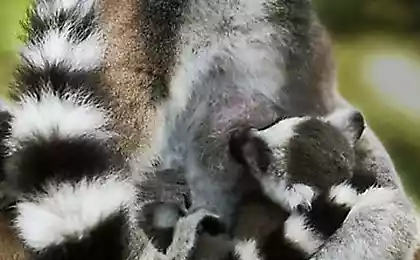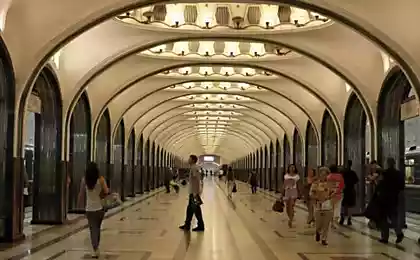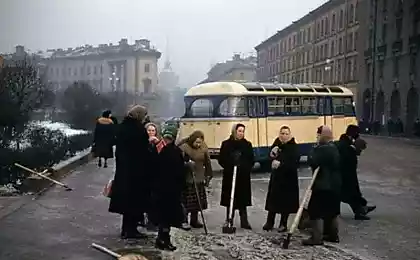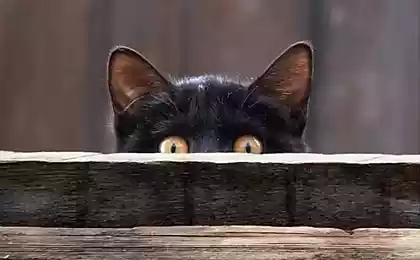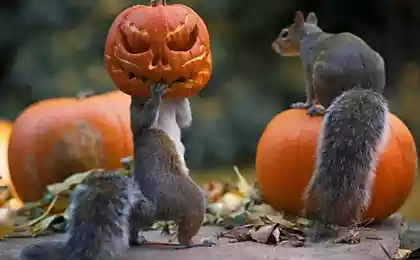1101
Spring is in the Moscow zoo
Moscow Zoo is considered one of the oldest zoos in Europe. It was opened January 31, 1864, old style and then called a zoo. I suggest you take a stroll through its territory, to meet with the inhabitants and learn its history. Moscow Zoo was organized by the Imperial Russian Society of acclimatization of animals and plants. Beginning its existence due to the wonderful names of Moscow University professor Charles Frantsevich Rul'e, Anatoly Petrovich Bogdanov and Sergei Alekseevich Usov.
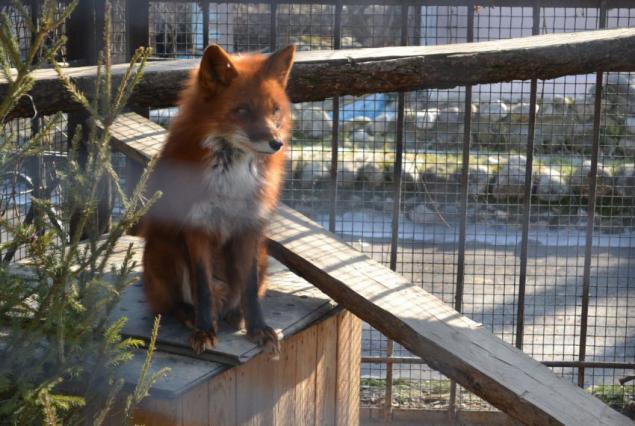
The area now occupied by the old zoo area, called "Presnensky ponds." It runs at a wide river Presnya, and was one of the favorite places of Muscovites festivities - green hills, meadows, blooming gardens adorned surroundings. To create a zoo majority vote of the Society of acclimatization was chosen this area as it was in reasonable distance to all Muscovites, including poorer. The territory of the Peter's Academy, for example, was more convenient and more, but to go there would be far and expensive for the majority of potential visitors.
By the opening of the zoo it contained 134 copies pets, 153 copies of wild animals and birds, and reptiles, 7 copies. Best of all was represented by Russian fauna: bears, wolves, foxes, badgers, weasels, martens, hares, squirrels, hedgehogs, deer, falcons, hawks, owls, owls, bustards, cranes, herons, ducks. Garden creators wanted to show the audience in the first place of our mother nature. They were on display and exotic animals - 2 lion, jaguar, 2 tiger, leopard, rhinoceros, alligator.
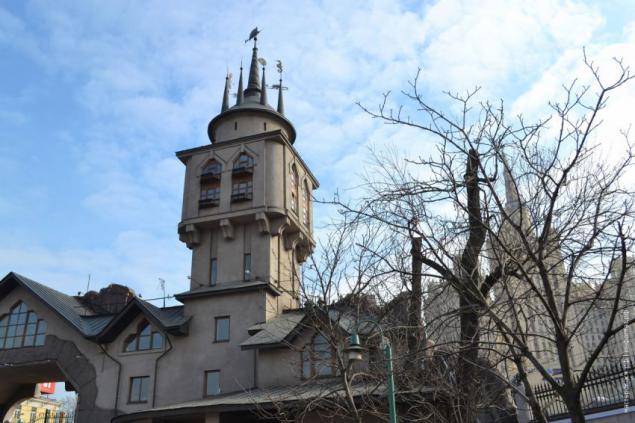
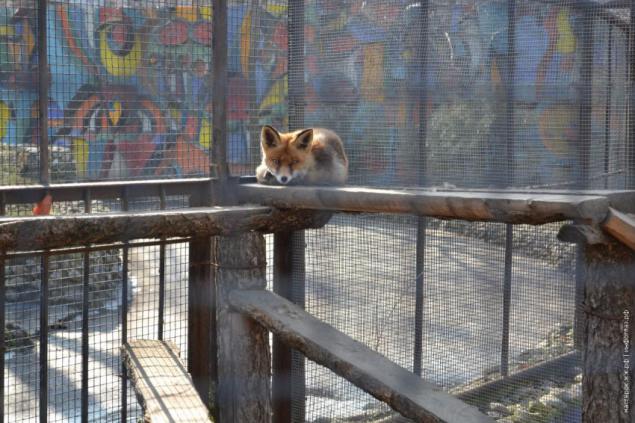
The creators of the zoo had a goal is not only to create a publicly available educational and scientific institutions, but it is understood the practical use of the collection. It contained many pets the best for that time breeds, worked on the acclimatization of foreign purebreds to improve the domestic breeds, constantly held various exhibitions of different animals, where Russian hosts could not only get acquainted with the advanced international experience, but also to buy purebred animals.
Acclimatization Society led an active publishing activities and maintain relations with foreign scientific societies.
Here should be the monkey - is empty. And now let us go into the cage ...
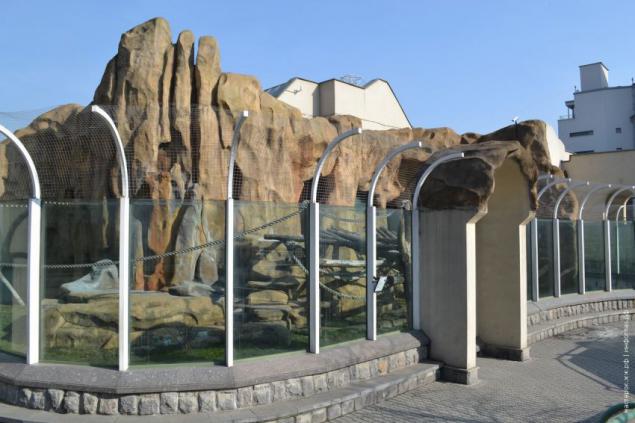
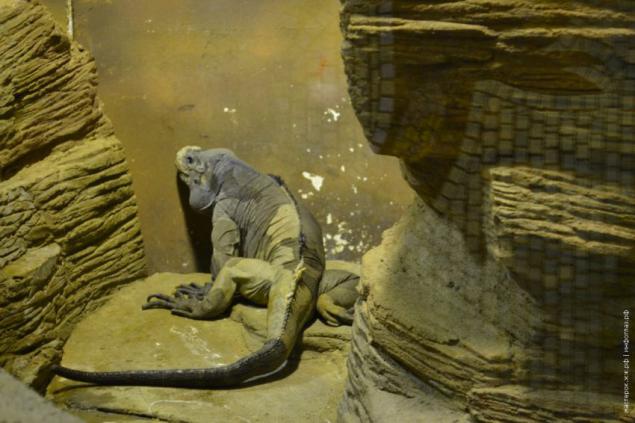
Animals for the zoo bought, sent them to the nature of the expedition, so many, especially large ones, gave important persons, such as the Indian elephant presented to Tsar Alexander II, rhino - Grand Duke Konstantin Romanov, zebra - Egyptian Khedive Ismail Pasha. Patrons of the Society of acclimatization and the zoological gardens were also very well-known people, the members of the imperial family Grand Duke Nikolai Nikolaevich Senior, and then - Sergey.
Very many of the buildings in the Zoological Gardens were built at the expense of wealthy Muscovites, passionate idea of acclimatization of animals and plants and their sympathizers zoological garden, was in constant financial difficulties.
Shortly after the opening of the zoo was organized and Botanical Department - for Presnya street (it was then called not red, and more). Later, at the beginning of the century, this site has passed the city, as the Company no longer had the means for its operation. From that time was a two-storey house near the metro station "Krasnopresnenskaya", which was placed bacteriological-agronomic station Ferrein.
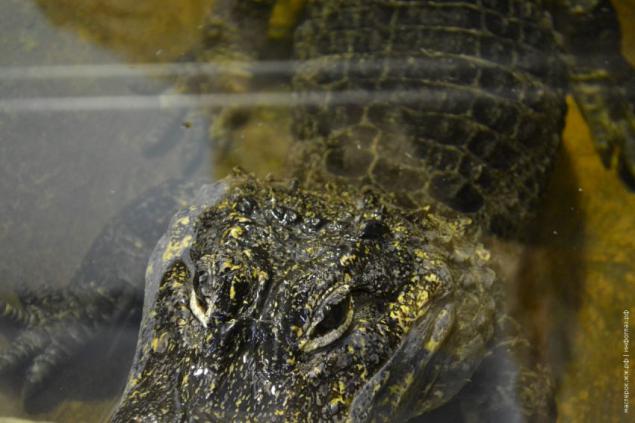
In pre-revolutionary times in the Zoological Gardens and the Society of acclimatization worked such famous people as NM Kulagin, VA Wagner, N. Northern, NJ Zograf, NV Nasonov, AV Bobrinsky, JA Borzenko, AP Mabuza, DN Anuchin, GA Kozhevnikov, brothers Tikhomirov and others.
After the revolution in 1919, the zoo was nationalized. Directors in its most difficult years were known to biologists AF Coates and MM Zavadovsky. Built facilities for animals, in 1927 opened a new territory. Animals were kept on it is not in the cells, and in large spacious enclosures, separated from the audience by a moat. Zoo was called zoo. Projected construction of the new territory known architect KK Gippius. The zoo was actively conducted educational activities, lectures, collecting a thousand times, there are guided tours. In 1924 he opened a club for young Biologists Zoo, where he taught all of your favorite PP Smolin and PA Manteuffel. Circle has grown more than one generation of biologists of our country. We worked as a research laboratory zoo compiled diets studied animal diseases.
In 1922, the zoo was transferred to the Moscow City Council and has since been on the city budget.
Zoo experienced a difficult time, not only during the revolutions in the 20s, but in the Great Patriotic War.
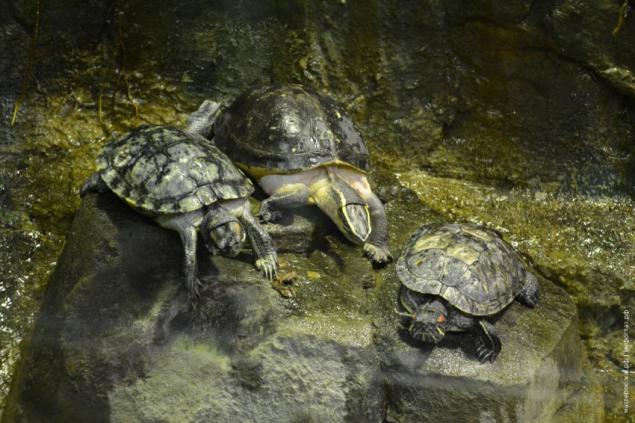
However, always worked at the zoo people are very fond of animals and in all situations, first of all try to protect them. When the zoo dropped incendiary bombs around the clock staff were near their pets. They brought home the blanket and covered the broken windows, reassured the frightened animals during raids. Known history, when the couple were Zakusillo animals, although seen as fired up by a firebomb their home (many employees were living at the zoo). During the war, even the breeding animals such as hippo was born in August. Zoo director in those years was a TE Bourdelle.
The zoo has always been a favorite place in Moscow. Even during the Great Patriotic War, the zoo continued to work, and from 1941 to 1945, it was visited by more than 6 million. Man.
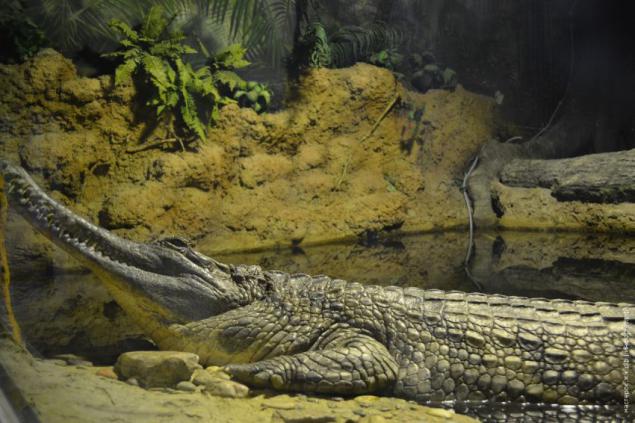
After the war, he continued to lead the zoo is very large and educational and scientific work. Multiplied and strengthened ties with foreign zoos, was active for the breeding of rare species in captivity. The zoo works great professionals dedicated people: IP Sosnowski, GG Bogdanovic, V. Chaplin, SM Kudryavtsev, EV Evstafyev and others. But the zoo - the institution is constantly in need of state aid, as funds for the maintenance, treatment, purchase of animals, maintenance of facilities in good condition you need a lot.
In 1970-1980-xx's zoo experienced great financial difficulties, he began to deteriorate and break down, there were problems with feeding the animals. From the cage, located on the second floor of the famous "Island of animals" frog occasionally fell on the heads of living on the ground floor of Amur tigers - in this state have been blocked. Veterinarians was in a small house without the necessary conditions. This situation was in many pavilions and services zoo.
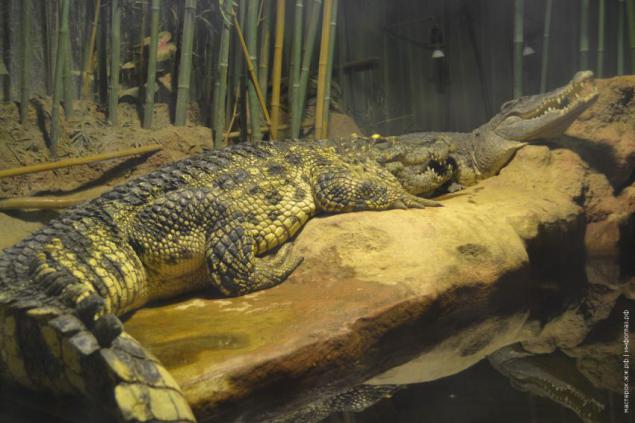
The situation changed in the 1990s. In March 1991, the mayor of the city Yuri Luzhkov arrived in the zoo and asked to see all the objects. Summing up, he said that Russia's first zoo really is in disrepair and needs general reconstruction. City Zoo announced a citywide construction site.
It has begun the long-awaited reconstruction, during which it was built more than 50 new and updated facilities virtually all engineering communications. YM Luzhkov constantly monitor the progress of work, came to the zoo, he held meetings, examining objects. Of course, because of the huge building there were difficulties with the content of animals, some of which had to move in immediately attuned to these premises or even temporarily transferred to other zoos. For example, part of the monkeys was transferred to a zoo in Kiev, on the part of the Westpunt, many birds also housed in different departments. But the zoo was not closed to the public, and lived in an intense rhythm: breeding animals, there are guided tours, lectures.
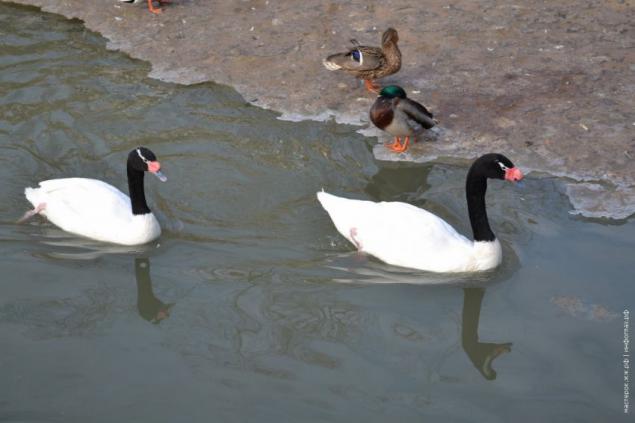
September 6, 1997, the year of 850th anniversary of Moscow, there was a ceremonial opening of the exposition of the first stage of the general reconstruction of the Moscow Zoo.
On the new exhibits there were animals for a long time, or never shown in a zoo.
Here are just a few examples:
House of birds - southern cassowary, Humboldt penguins, veeronosnye pigeons Cala trumpeters, Argus;
Monkey - White-fronted lemurs and Red Ruffed Lemur, lvinohvostye Macaque, Eastern Colobus;
Animal Island - Asian lions;
African ungulates - Grevy's zebra, South African giraffes.
In 2002, the Moscow City Government and the City Council allocated the necessary funds to begin construction of a new pavilion for the elephants. In 2003, the elephant was put into operation. Three Asian elephants were transferred to the new building, and now visitors can see these animals. In spring 2009, there was a joyful event - the elephant was born.
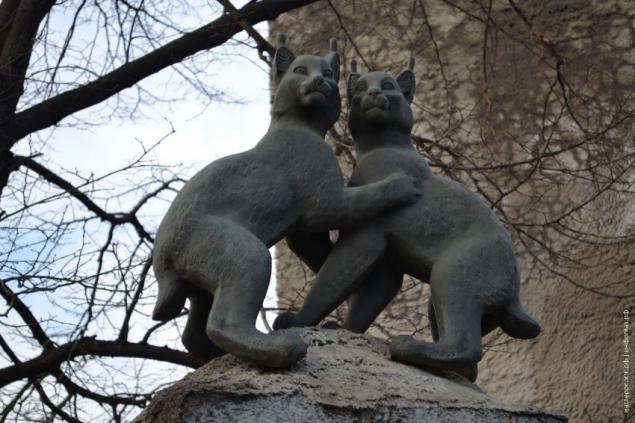
In fact, in the same area as before, in the middle of a huge city has a new, modern, beautiful metropolitan zoo. But reconstruction is not finished yet - have to build some very important Aquarium, Terrarium, education center, greenhouse, Animal Theater, The Dolphinarium.
The first pets have become prey and waterfowl, which brought in March 1996. For several years, there is a planned breeding of Japanese and white-naped cranes, Siberian Crane, Demoiselle. Planned breeding of living here Far Eastern storks and bustards Eastern European population. Develops nursery birds of prey. There is a small collection of chicken wild birds. It contains several species of birds pheasant. On the ponds formed by a collection of waterfowl and other tundra swans, geese and many species of ducks. In parallel with the reconstruction of the zoo was under construction Zoopitomnika for reproduction of rare and valuable species in the Volokolamsk district, Moscow region. Before the nursery were tasked with manning breeding pairs and groups of animals belonging to rare, threatened and economically valuable species, the development and application of new techniques and methods of breeding and keeping of animals.

Another equally interesting group of animals kept in the nursery - predatory mammals. It is home to such "rarities" as the Amur leopard, Zabaykalskie Man'ula, cheetahs, Amur tigers, srednekitayskie red wolves.
Unlike carnivores, ungulates represented by a small number of species, but a significant number of individuals. It Kiang, Bactrian camels, saiga group brought from the Kalmyk steppes, blue sheep, derived from the Chinese province of Sichuan.
Zoopitomnik growing and copes with the tasks, his collection is constantly updated.
Events that took place in 1991, the separation of the republics of the USSR, automatically led to the rupture of many mezhzooparkovskih ties. The collapse of the country could not affect the operation of the Moscow Zoo as the lead agency. For the first time to the collection of "Information materials zoological parks" were not received information about collections, zoos Armenia, Moldova, Tajikistan, Georgia, the Baltic countries and some zoos in Ukraine. Fortunately, this period did not last long, and now even the information coming from several zoos in Eastern Europe.
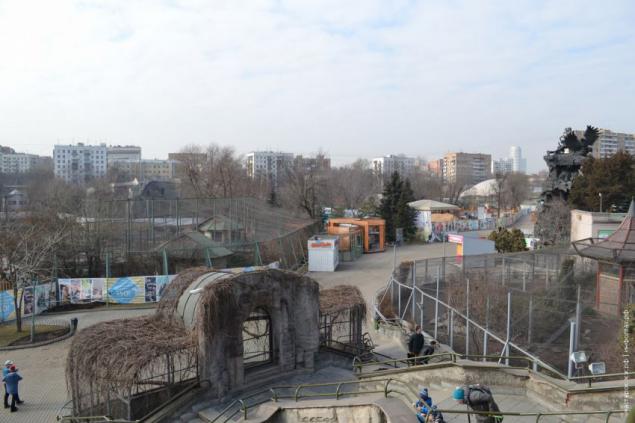
In 1993, the Council has been formed to coordinate the activities of zoos in the Russian Ministry of Culture of the Russian Federation, chaired by the VV Spitsin. The Ministry of Culture has confirmed the status of the Moscow Zoo as the lead agency among zoos Russia. The "Regulations on the head zoo Russian Federation" of 1993 states: "The main task of the head of the zoo is to provide guidance and advice to the zoos of the Russian Federation through the study, generalization and distribution of their work experience, as well as representation zoos of the Russian Federation in the international unions and associations of zoos" .
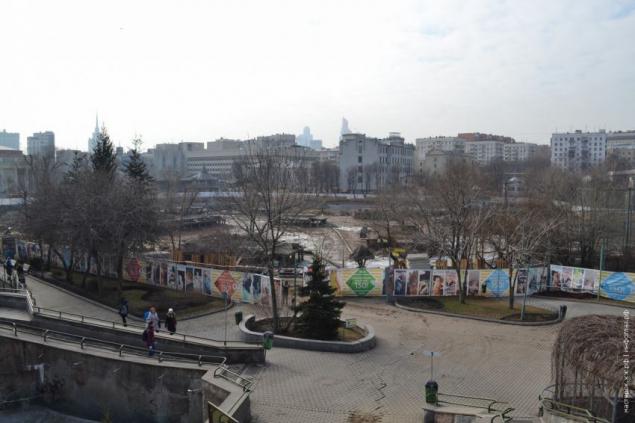
In the changed political situation, to save the business relations in the field of professional interests, to coordinate and unite efforts in solving their urgent problems at the initiative of directors of the leading zoos in Russia, CIS and Baltic States in 1994 at the Moscow Zoo was founded Eurasian Regional Association of Zoos and Aquariums (EARAZA). It is a non-profit public organization uniting on a voluntary basis, zoos, aquariums, and other similar organizations that support the activities of zoos and aquariums, and does not aim to make a profit.
From the very beginning when you create a zoo one of its most important tasks was to organize educational and educational work among the visitors. Today, this activity is not only preserved, but also become more diverse.
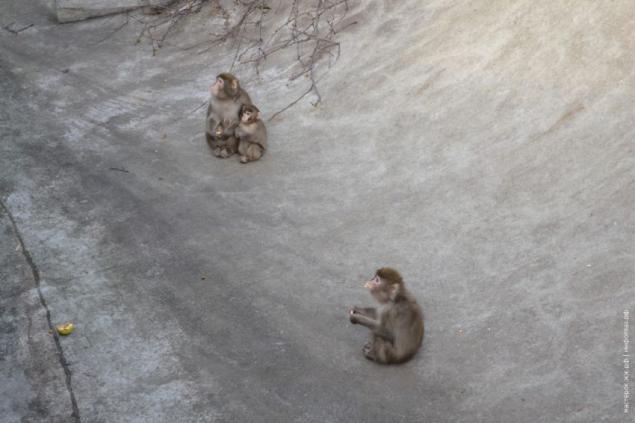
The zoo held a variety of guided tours and talks, during which visitors are introduced to the variety of wildlife, biology of individual species, the problems of ecology and nature conservation. Lecture work the zoo is not only on its territory, but also in schools, clubs, palaces and parks of culture, summer camps, children's homes and boarding schools, libraries, health centers and other institutions in and around Moscow. The lectures are accompanied by a display of domesticated animals and invariably cause great interest among students, regardless of age and level of training.
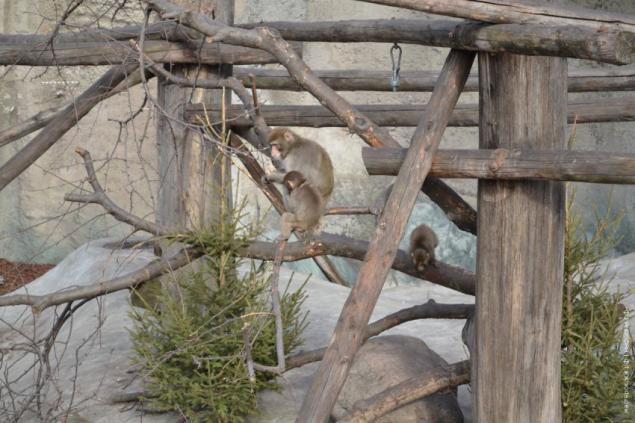
From 1924 and currently operates a circle of young biologists Zoo. Many years among young naturalists is a contest of scientific papers named PA Manteuffel, which is attended by children from across the country. The children of primary school age are engaged in a mug "Manulyata».
The zoo has a Children's Theatre "Tick-tock." From October to May performances take place in the premises of the theater, and throughout the summer, on Fridays, Saturdays and Sundays, artists performing at the summer open stage petting zoo, where spectators and participants presentation are all interested. At the theater there is a children's drama school.
Throughout the year, the zoo hosts various holidays - New Year, "Birthday zoo", "Tiger Day", "Day of the Birds", "Earth Day." We try to make every holiday unique and memorable. They are attended by clowns, puppets groups, folklore groups. And, of course, many small audiences take away with souvenirs and prizes from the Moscow Zoo.
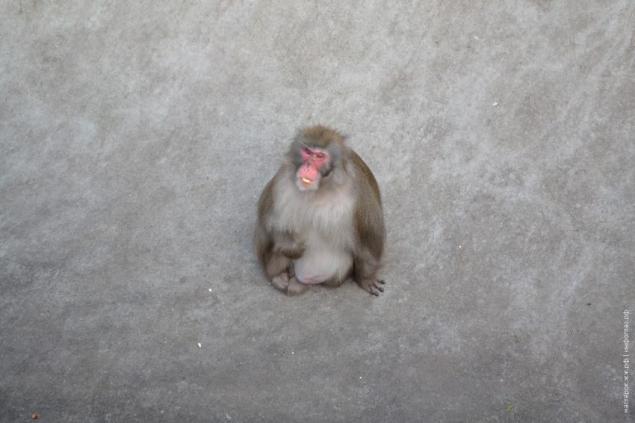
Annually two theater festival in spring "Ecology. Creation. Kids' and throughout the summer, "Animals - heroes of fairy tales", which are members of creative teams from all over the country.
At the main entrance of the Exhibition Hall hosts various exhibitions, sometimes with live exhibits.
Now in the Moscow zoo contains more than eight thousand animals belonging to more than a thousand species of the world fauna. Some species bred by experts of the zoo for the first time in the world. Zoo is a member of the World and the European Association of Zoos and Aquariums (WAZA, EAZA), the Eurasian Regional Association of Zoos and Aquariums (EARAZA). He participates in many international programs for the conservation of endangered animals, working with conservation organizations around the world.
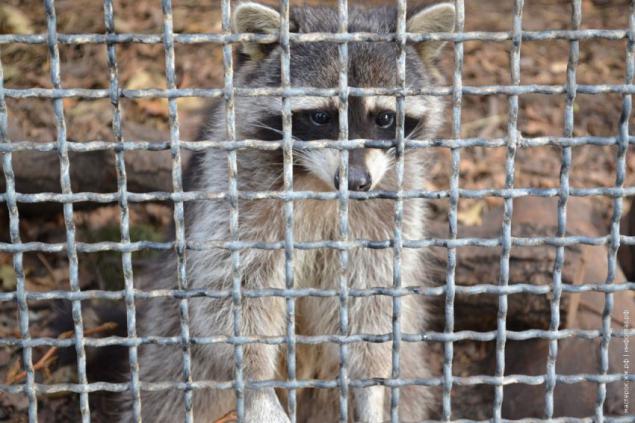
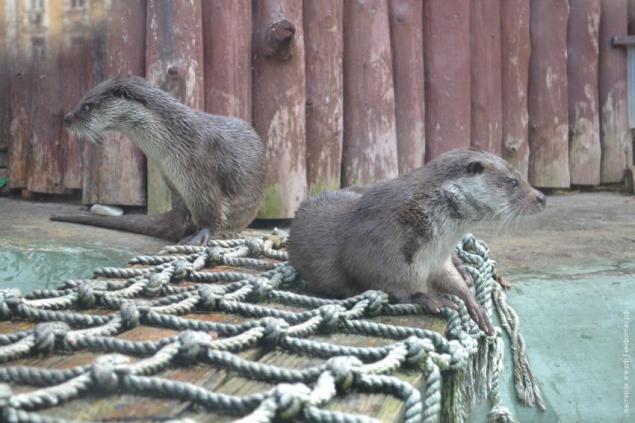
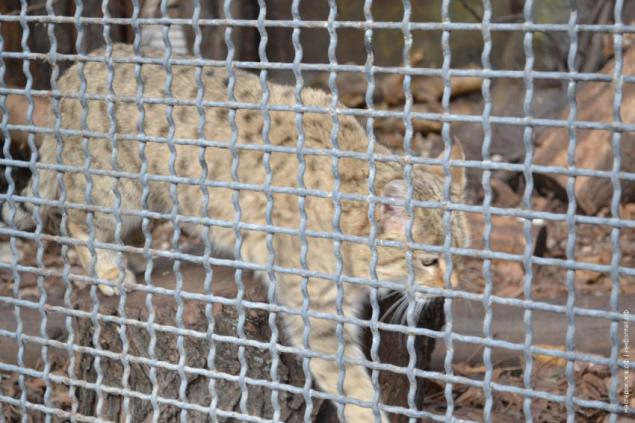
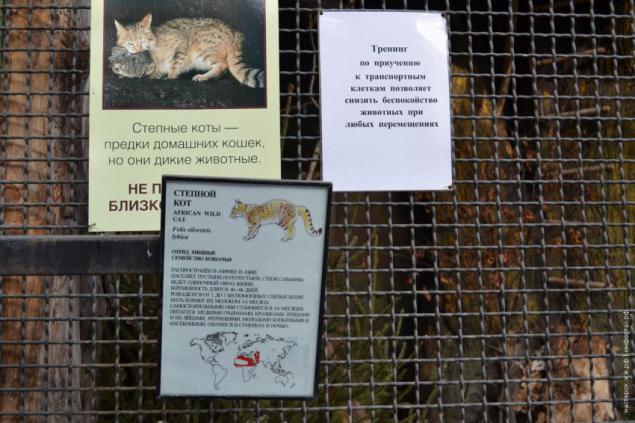
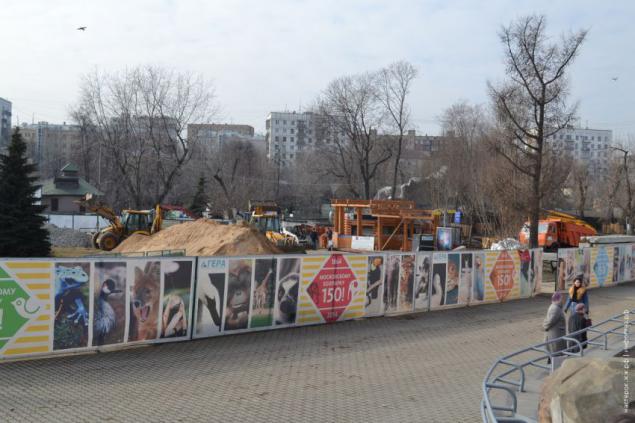
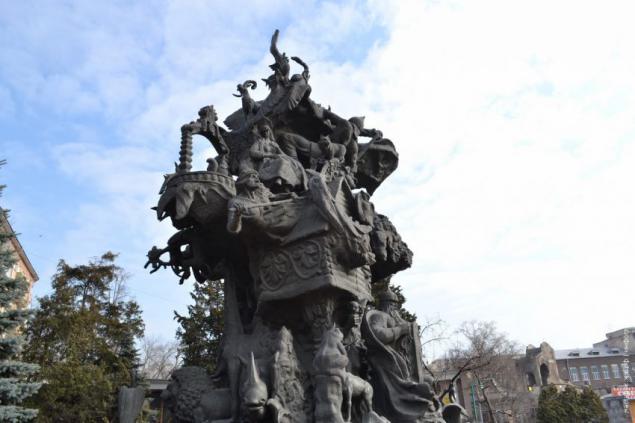
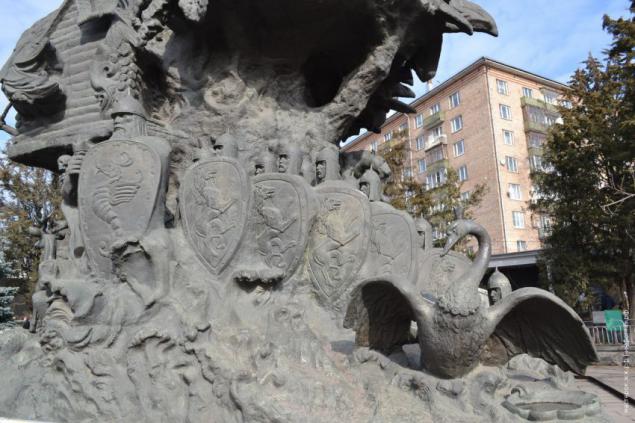
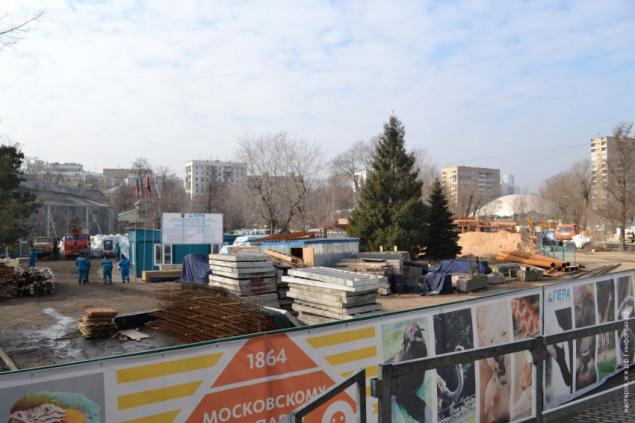
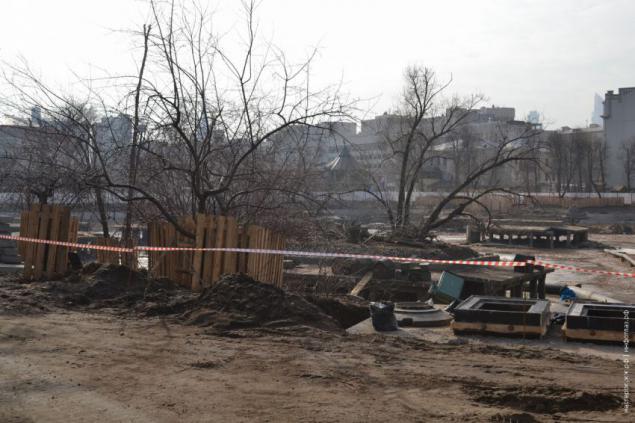

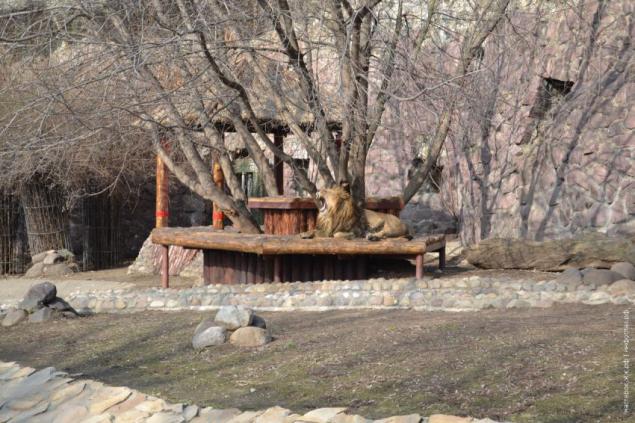
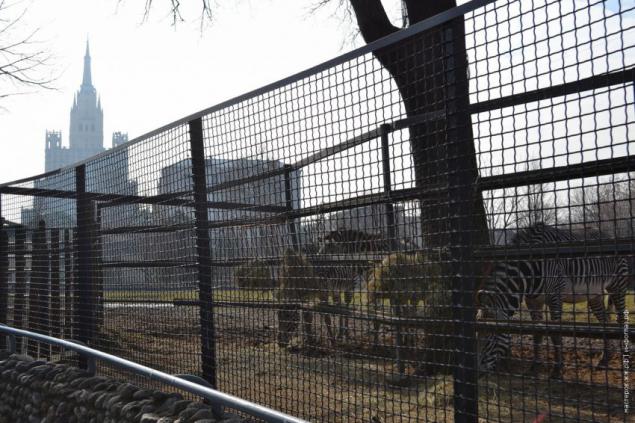
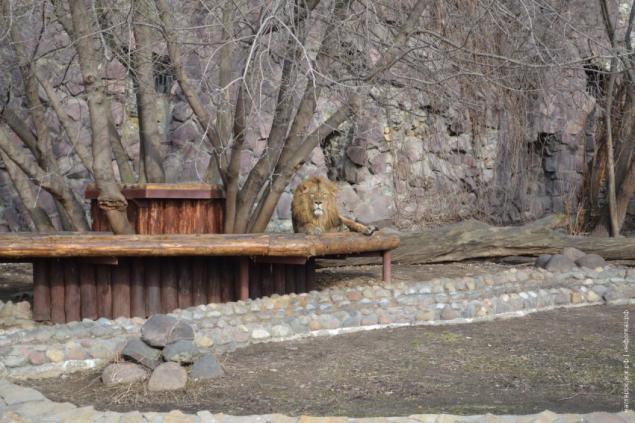
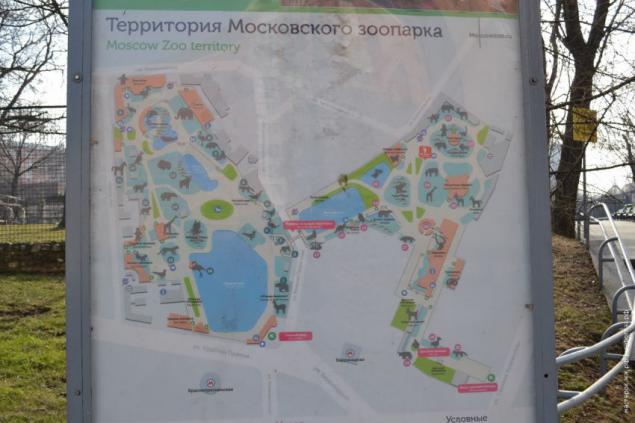
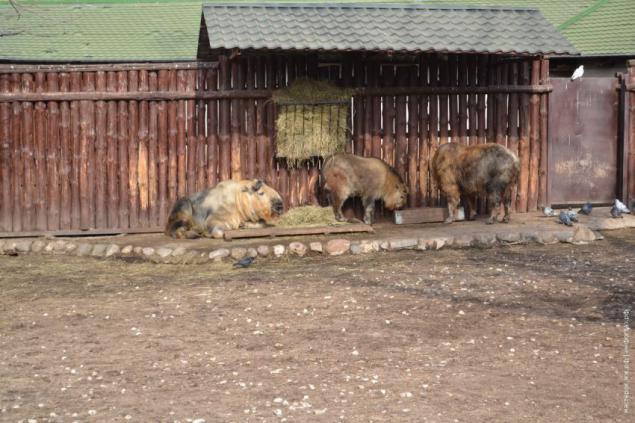
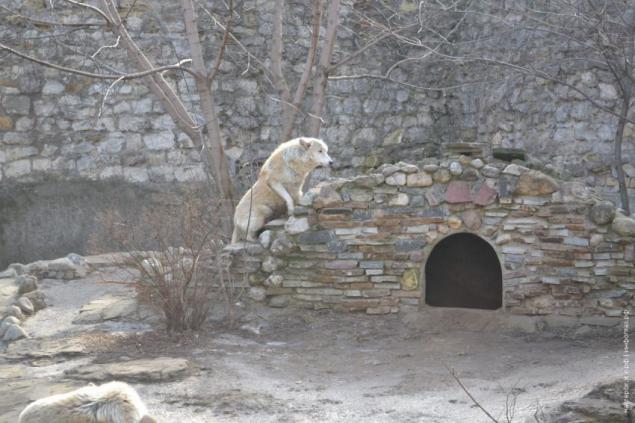
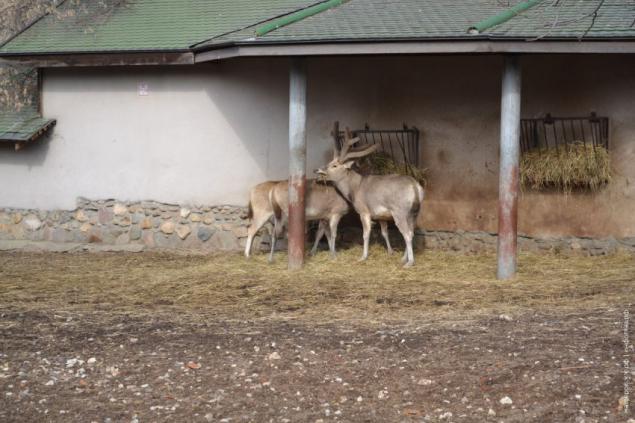
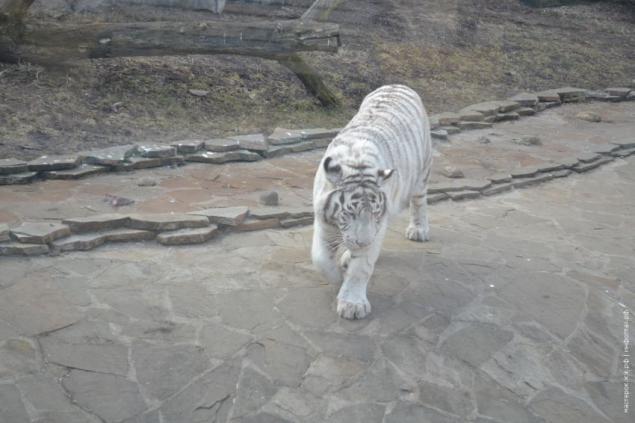
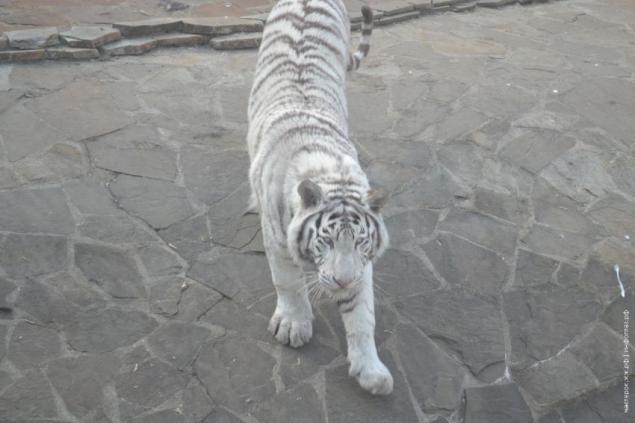
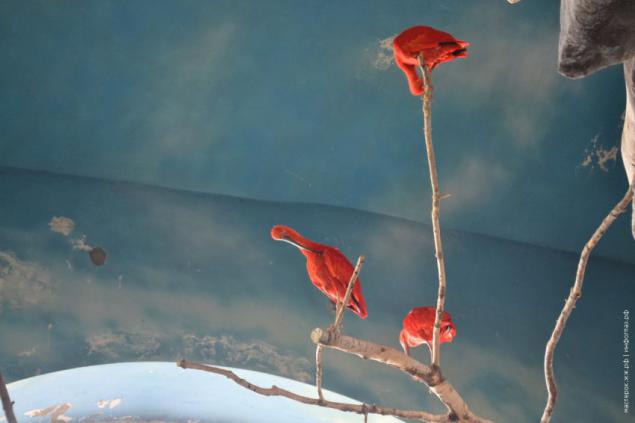
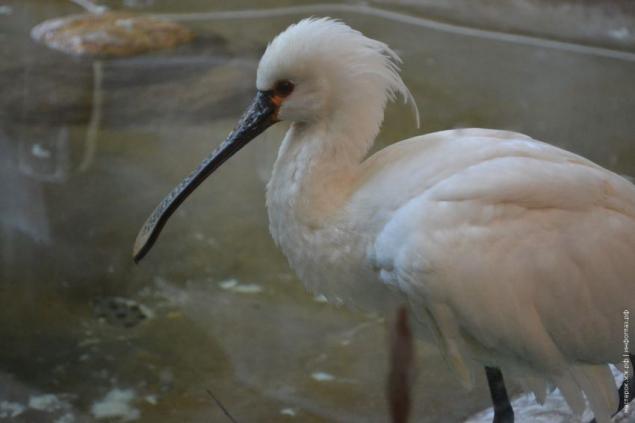
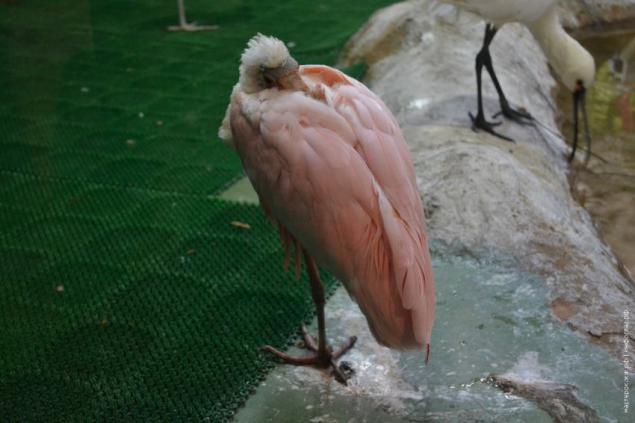
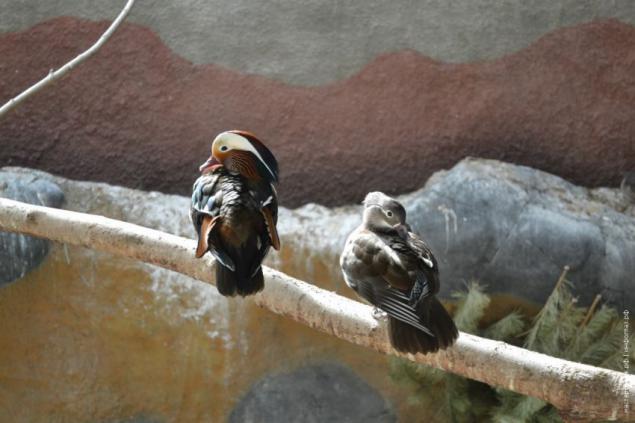
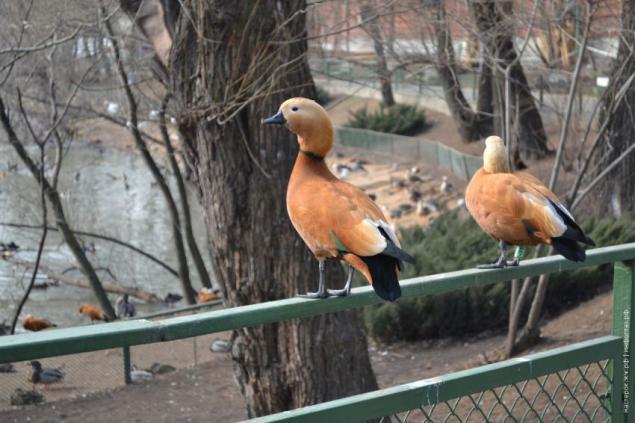
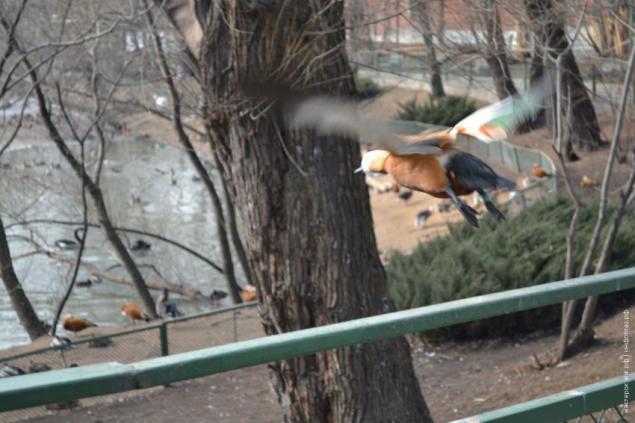
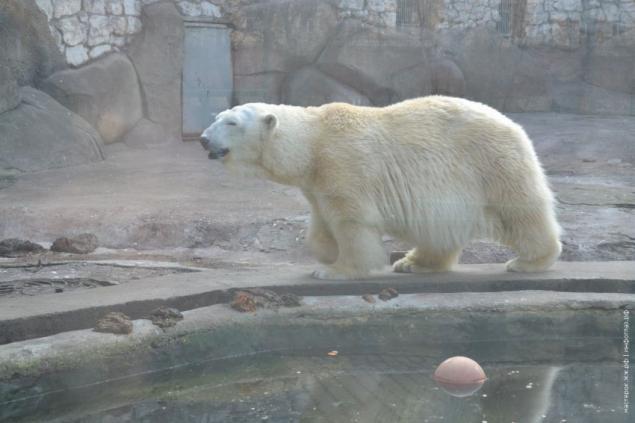
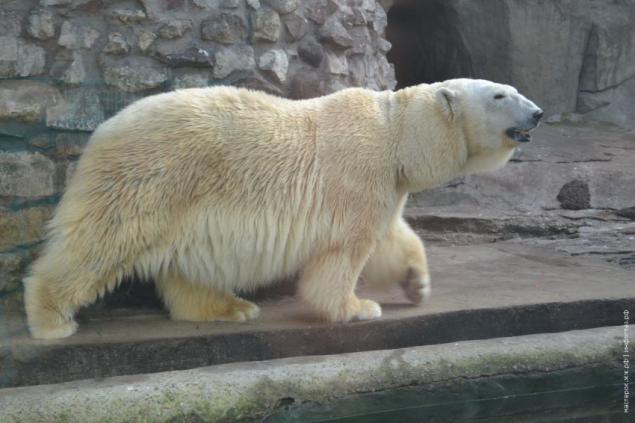
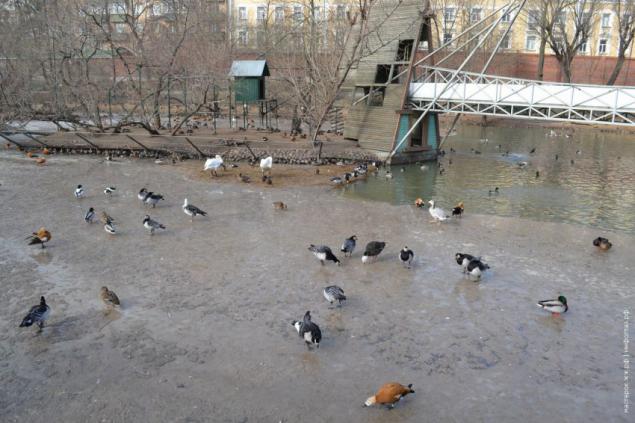
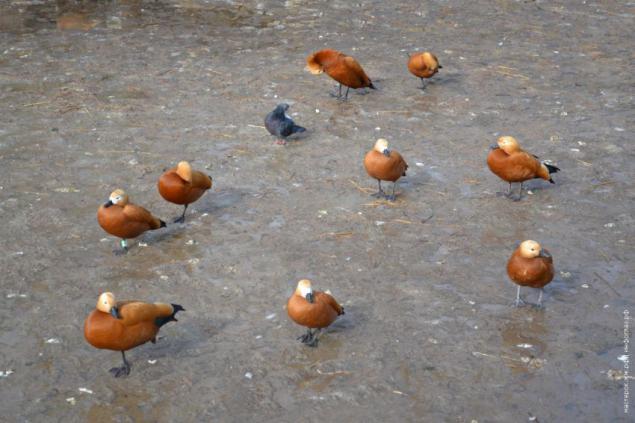
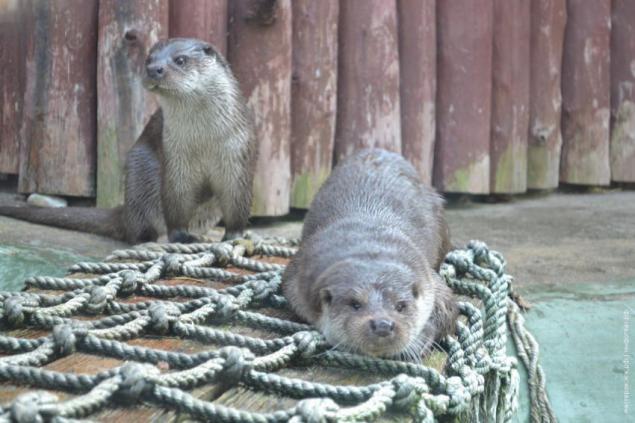
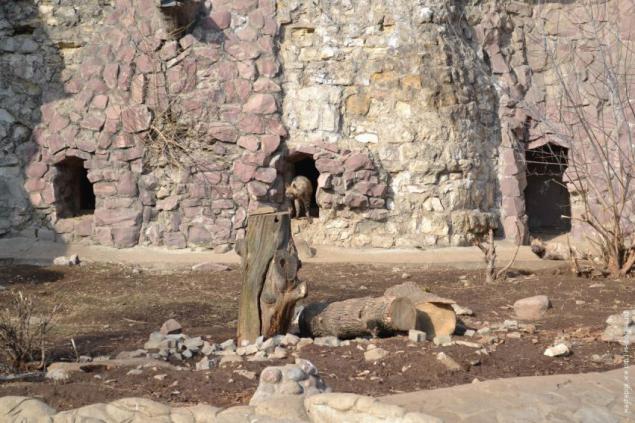
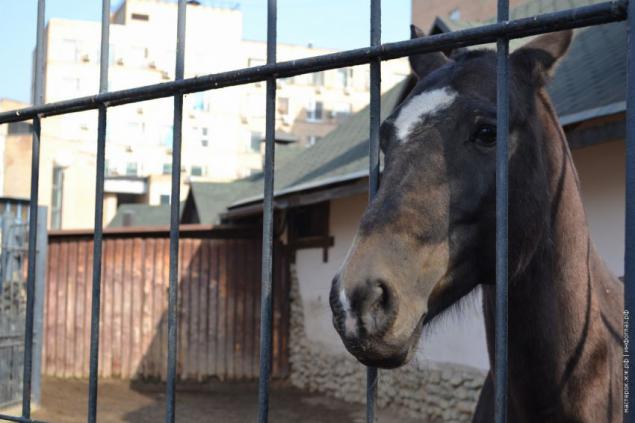
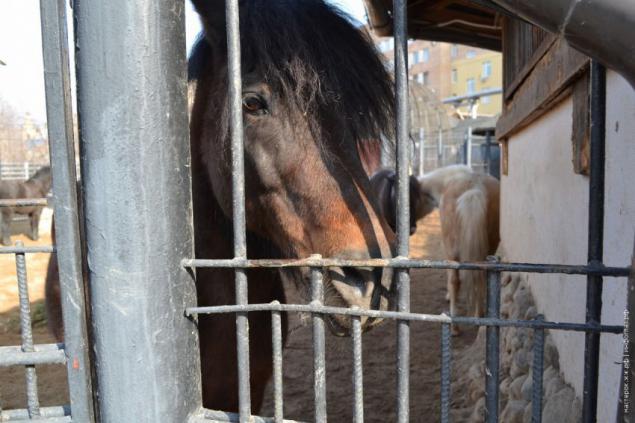
Stowaway !!!
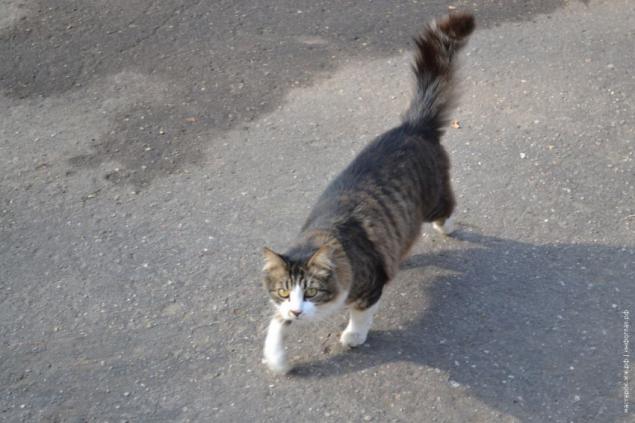
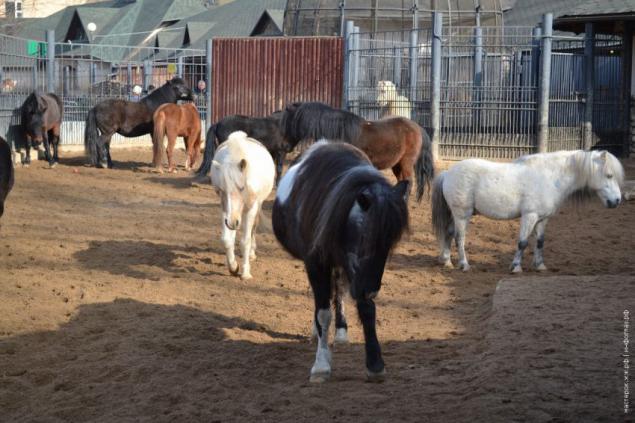
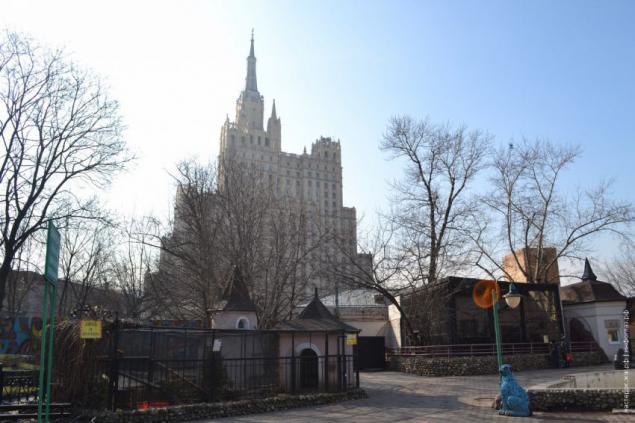
Source: masterok.livejournal.com

The area now occupied by the old zoo area, called "Presnensky ponds." It runs at a wide river Presnya, and was one of the favorite places of Muscovites festivities - green hills, meadows, blooming gardens adorned surroundings. To create a zoo majority vote of the Society of acclimatization was chosen this area as it was in reasonable distance to all Muscovites, including poorer. The territory of the Peter's Academy, for example, was more convenient and more, but to go there would be far and expensive for the majority of potential visitors.
By the opening of the zoo it contained 134 copies pets, 153 copies of wild animals and birds, and reptiles, 7 copies. Best of all was represented by Russian fauna: bears, wolves, foxes, badgers, weasels, martens, hares, squirrels, hedgehogs, deer, falcons, hawks, owls, owls, bustards, cranes, herons, ducks. Garden creators wanted to show the audience in the first place of our mother nature. They were on display and exotic animals - 2 lion, jaguar, 2 tiger, leopard, rhinoceros, alligator.


The creators of the zoo had a goal is not only to create a publicly available educational and scientific institutions, but it is understood the practical use of the collection. It contained many pets the best for that time breeds, worked on the acclimatization of foreign purebreds to improve the domestic breeds, constantly held various exhibitions of different animals, where Russian hosts could not only get acquainted with the advanced international experience, but also to buy purebred animals.
Acclimatization Society led an active publishing activities and maintain relations with foreign scientific societies.
Here should be the monkey - is empty. And now let us go into the cage ...


Animals for the zoo bought, sent them to the nature of the expedition, so many, especially large ones, gave important persons, such as the Indian elephant presented to Tsar Alexander II, rhino - Grand Duke Konstantin Romanov, zebra - Egyptian Khedive Ismail Pasha. Patrons of the Society of acclimatization and the zoological gardens were also very well-known people, the members of the imperial family Grand Duke Nikolai Nikolaevich Senior, and then - Sergey.
Very many of the buildings in the Zoological Gardens were built at the expense of wealthy Muscovites, passionate idea of acclimatization of animals and plants and their sympathizers zoological garden, was in constant financial difficulties.
Shortly after the opening of the zoo was organized and Botanical Department - for Presnya street (it was then called not red, and more). Later, at the beginning of the century, this site has passed the city, as the Company no longer had the means for its operation. From that time was a two-storey house near the metro station "Krasnopresnenskaya", which was placed bacteriological-agronomic station Ferrein.

In pre-revolutionary times in the Zoological Gardens and the Society of acclimatization worked such famous people as NM Kulagin, VA Wagner, N. Northern, NJ Zograf, NV Nasonov, AV Bobrinsky, JA Borzenko, AP Mabuza, DN Anuchin, GA Kozhevnikov, brothers Tikhomirov and others.
After the revolution in 1919, the zoo was nationalized. Directors in its most difficult years were known to biologists AF Coates and MM Zavadovsky. Built facilities for animals, in 1927 opened a new territory. Animals were kept on it is not in the cells, and in large spacious enclosures, separated from the audience by a moat. Zoo was called zoo. Projected construction of the new territory known architect KK Gippius. The zoo was actively conducted educational activities, lectures, collecting a thousand times, there are guided tours. In 1924 he opened a club for young Biologists Zoo, where he taught all of your favorite PP Smolin and PA Manteuffel. Circle has grown more than one generation of biologists of our country. We worked as a research laboratory zoo compiled diets studied animal diseases.
In 1922, the zoo was transferred to the Moscow City Council and has since been on the city budget.
Zoo experienced a difficult time, not only during the revolutions in the 20s, but in the Great Patriotic War.

However, always worked at the zoo people are very fond of animals and in all situations, first of all try to protect them. When the zoo dropped incendiary bombs around the clock staff were near their pets. They brought home the blanket and covered the broken windows, reassured the frightened animals during raids. Known history, when the couple were Zakusillo animals, although seen as fired up by a firebomb their home (many employees were living at the zoo). During the war, even the breeding animals such as hippo was born in August. Zoo director in those years was a TE Bourdelle.
The zoo has always been a favorite place in Moscow. Even during the Great Patriotic War, the zoo continued to work, and from 1941 to 1945, it was visited by more than 6 million. Man.

After the war, he continued to lead the zoo is very large and educational and scientific work. Multiplied and strengthened ties with foreign zoos, was active for the breeding of rare species in captivity. The zoo works great professionals dedicated people: IP Sosnowski, GG Bogdanovic, V. Chaplin, SM Kudryavtsev, EV Evstafyev and others. But the zoo - the institution is constantly in need of state aid, as funds for the maintenance, treatment, purchase of animals, maintenance of facilities in good condition you need a lot.
In 1970-1980-xx's zoo experienced great financial difficulties, he began to deteriorate and break down, there were problems with feeding the animals. From the cage, located on the second floor of the famous "Island of animals" frog occasionally fell on the heads of living on the ground floor of Amur tigers - in this state have been blocked. Veterinarians was in a small house without the necessary conditions. This situation was in many pavilions and services zoo.

The situation changed in the 1990s. In March 1991, the mayor of the city Yuri Luzhkov arrived in the zoo and asked to see all the objects. Summing up, he said that Russia's first zoo really is in disrepair and needs general reconstruction. City Zoo announced a citywide construction site.
It has begun the long-awaited reconstruction, during which it was built more than 50 new and updated facilities virtually all engineering communications. YM Luzhkov constantly monitor the progress of work, came to the zoo, he held meetings, examining objects. Of course, because of the huge building there were difficulties with the content of animals, some of which had to move in immediately attuned to these premises or even temporarily transferred to other zoos. For example, part of the monkeys was transferred to a zoo in Kiev, on the part of the Westpunt, many birds also housed in different departments. But the zoo was not closed to the public, and lived in an intense rhythm: breeding animals, there are guided tours, lectures.

September 6, 1997, the year of 850th anniversary of Moscow, there was a ceremonial opening of the exposition of the first stage of the general reconstruction of the Moscow Zoo.
On the new exhibits there were animals for a long time, or never shown in a zoo.
Here are just a few examples:
House of birds - southern cassowary, Humboldt penguins, veeronosnye pigeons Cala trumpeters, Argus;
Monkey - White-fronted lemurs and Red Ruffed Lemur, lvinohvostye Macaque, Eastern Colobus;
Animal Island - Asian lions;
African ungulates - Grevy's zebra, South African giraffes.
In 2002, the Moscow City Government and the City Council allocated the necessary funds to begin construction of a new pavilion for the elephants. In 2003, the elephant was put into operation. Three Asian elephants were transferred to the new building, and now visitors can see these animals. In spring 2009, there was a joyful event - the elephant was born.

In fact, in the same area as before, in the middle of a huge city has a new, modern, beautiful metropolitan zoo. But reconstruction is not finished yet - have to build some very important Aquarium, Terrarium, education center, greenhouse, Animal Theater, The Dolphinarium.
The first pets have become prey and waterfowl, which brought in March 1996. For several years, there is a planned breeding of Japanese and white-naped cranes, Siberian Crane, Demoiselle. Planned breeding of living here Far Eastern storks and bustards Eastern European population. Develops nursery birds of prey. There is a small collection of chicken wild birds. It contains several species of birds pheasant. On the ponds formed by a collection of waterfowl and other tundra swans, geese and many species of ducks. In parallel with the reconstruction of the zoo was under construction Zoopitomnika for reproduction of rare and valuable species in the Volokolamsk district, Moscow region. Before the nursery were tasked with manning breeding pairs and groups of animals belonging to rare, threatened and economically valuable species, the development and application of new techniques and methods of breeding and keeping of animals.

Another equally interesting group of animals kept in the nursery - predatory mammals. It is home to such "rarities" as the Amur leopard, Zabaykalskie Man'ula, cheetahs, Amur tigers, srednekitayskie red wolves.
Unlike carnivores, ungulates represented by a small number of species, but a significant number of individuals. It Kiang, Bactrian camels, saiga group brought from the Kalmyk steppes, blue sheep, derived from the Chinese province of Sichuan.
Zoopitomnik growing and copes with the tasks, his collection is constantly updated.
Events that took place in 1991, the separation of the republics of the USSR, automatically led to the rupture of many mezhzooparkovskih ties. The collapse of the country could not affect the operation of the Moscow Zoo as the lead agency. For the first time to the collection of "Information materials zoological parks" were not received information about collections, zoos Armenia, Moldova, Tajikistan, Georgia, the Baltic countries and some zoos in Ukraine. Fortunately, this period did not last long, and now even the information coming from several zoos in Eastern Europe.

In 1993, the Council has been formed to coordinate the activities of zoos in the Russian Ministry of Culture of the Russian Federation, chaired by the VV Spitsin. The Ministry of Culture has confirmed the status of the Moscow Zoo as the lead agency among zoos Russia. The "Regulations on the head zoo Russian Federation" of 1993 states: "The main task of the head of the zoo is to provide guidance and advice to the zoos of the Russian Federation through the study, generalization and distribution of their work experience, as well as representation zoos of the Russian Federation in the international unions and associations of zoos" .

In the changed political situation, to save the business relations in the field of professional interests, to coordinate and unite efforts in solving their urgent problems at the initiative of directors of the leading zoos in Russia, CIS and Baltic States in 1994 at the Moscow Zoo was founded Eurasian Regional Association of Zoos and Aquariums (EARAZA). It is a non-profit public organization uniting on a voluntary basis, zoos, aquariums, and other similar organizations that support the activities of zoos and aquariums, and does not aim to make a profit.
From the very beginning when you create a zoo one of its most important tasks was to organize educational and educational work among the visitors. Today, this activity is not only preserved, but also become more diverse.

The zoo held a variety of guided tours and talks, during which visitors are introduced to the variety of wildlife, biology of individual species, the problems of ecology and nature conservation. Lecture work the zoo is not only on its territory, but also in schools, clubs, palaces and parks of culture, summer camps, children's homes and boarding schools, libraries, health centers and other institutions in and around Moscow. The lectures are accompanied by a display of domesticated animals and invariably cause great interest among students, regardless of age and level of training.

From 1924 and currently operates a circle of young biologists Zoo. Many years among young naturalists is a contest of scientific papers named PA Manteuffel, which is attended by children from across the country. The children of primary school age are engaged in a mug "Manulyata».
The zoo has a Children's Theatre "Tick-tock." From October to May performances take place in the premises of the theater, and throughout the summer, on Fridays, Saturdays and Sundays, artists performing at the summer open stage petting zoo, where spectators and participants presentation are all interested. At the theater there is a children's drama school.
Throughout the year, the zoo hosts various holidays - New Year, "Birthday zoo", "Tiger Day", "Day of the Birds", "Earth Day." We try to make every holiday unique and memorable. They are attended by clowns, puppets groups, folklore groups. And, of course, many small audiences take away with souvenirs and prizes from the Moscow Zoo.

Annually two theater festival in spring "Ecology. Creation. Kids' and throughout the summer, "Animals - heroes of fairy tales", which are members of creative teams from all over the country.
At the main entrance of the Exhibition Hall hosts various exhibitions, sometimes with live exhibits.
Now in the Moscow zoo contains more than eight thousand animals belonging to more than a thousand species of the world fauna. Some species bred by experts of the zoo for the first time in the world. Zoo is a member of the World and the European Association of Zoos and Aquariums (WAZA, EAZA), the Eurasian Regional Association of Zoos and Aquariums (EARAZA). He participates in many international programs for the conservation of endangered animals, working with conservation organizations around the world.

































Stowaway !!!



Source: masterok.livejournal.com
Residents of New York in 1896 in the photographs of Alice Austen
In Ohio, found rare cult movies posters
